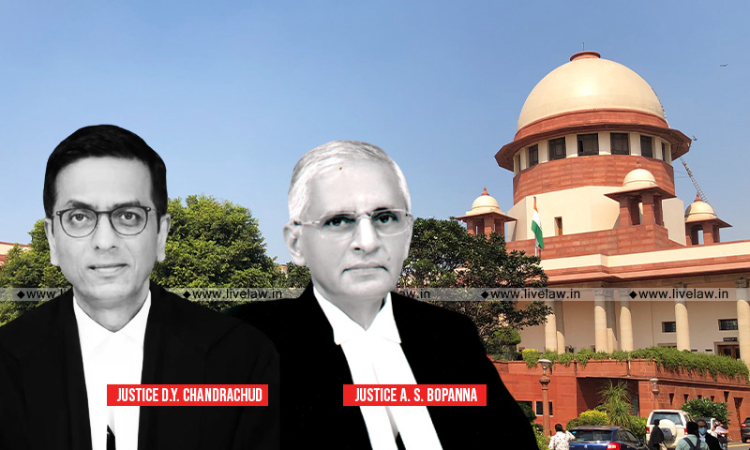Statement In Advertisement Contrary To Service Regulations Won't Create Right In Favour Of Applicants: Supreme Court
Rashmi Bagri
21 Jan 2022 9:34 PM IST

Next Story
21 Jan 2022 9:34 PM IST
The Supreme Court has held that in the event of a conflict between a statement in an advertisement and service regulations, the latter shall prevail. The Court added that an erroneous advertisement would not create a right in favour of applicants who act on such representation.The Court further held that "regulations framed by statutory authorities have the force of enacted law and in the...
